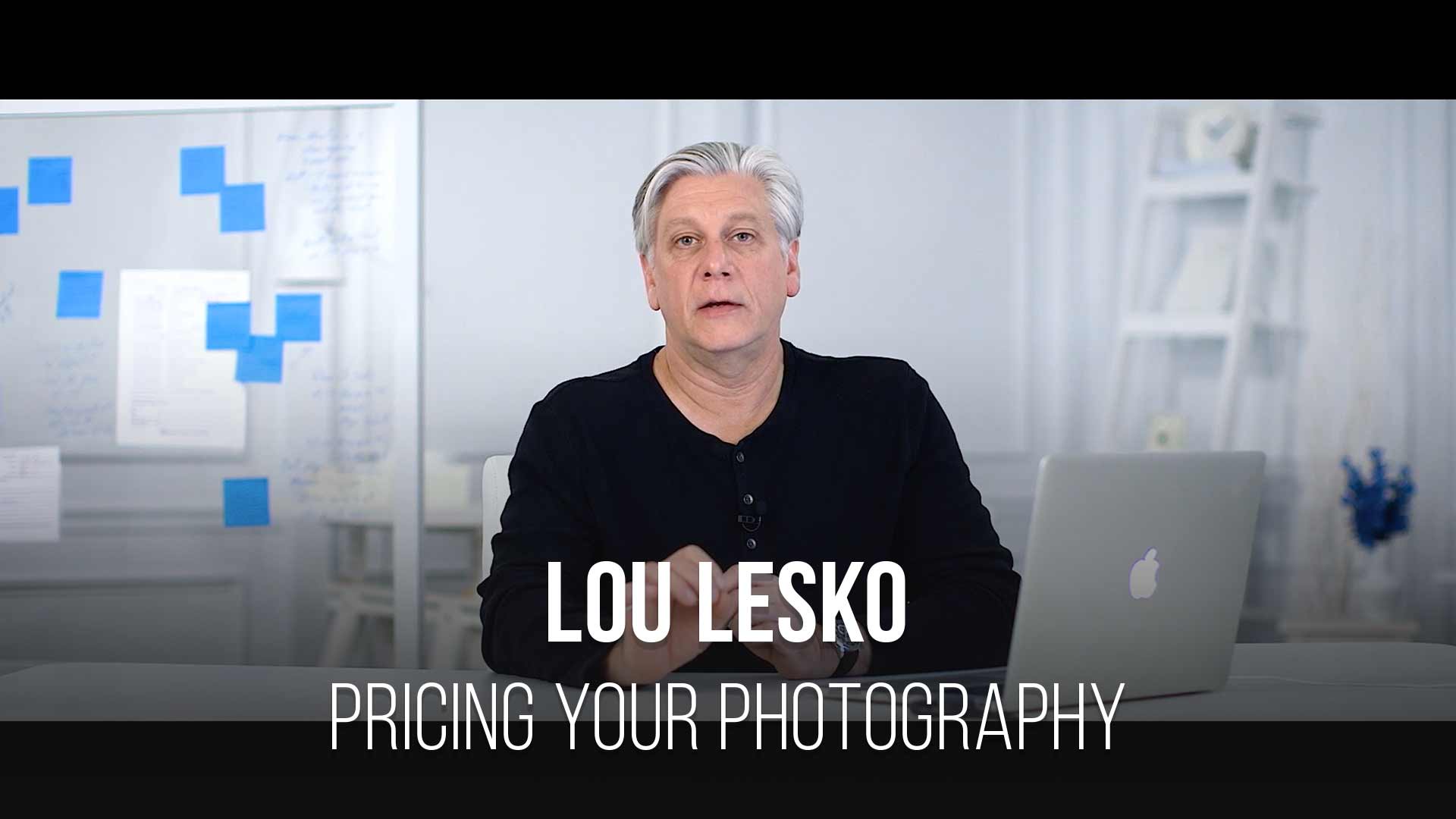The Legal Side of Commercial Photography: Ensuring Your Creations Are Secure
In commercial photography, understanding the legal aspects is as crucial as the creative process. As creatives, we constantly produce unique visual works that require protection under copyright laws. Our images are automatically safeguarded by copyright from the moment they're created, nonetheless, registering them can offer us additional security and ease in asserting ownership.
Managing copyright licenses is another critical area we navigate. By clearly defining the terms under which our images can be used, we maintain control over the distribution and reproduction of our work. The legal side of photography extends to ensuring that any person whose likeness we capture has given their consent through model releases, protecting not just their rights but also bolstering our own legal standing.
Key Takeaways
- Copyright law provides inherent protection for our work from the time of creation.
- Registering our photographs can enhance our legal capabilities and protection.
- Properly managing permissions and licenses is paramount in commercial photography.
Understanding Copyright Law
In commercial photography, protecting our intellectual property is crucial. Here, we'll discuss the foundations of copyright law, the relevant legal framework, and the role of the U.S. Copyright Office in securing our creative works.
Basic Principles of Copyright
Copyright grants us, as creators, exclusive rights to our original works of authorship—including photographs, which are protected from the moment of creation. These rights cover the reproduction, distribution, and display of these works. Importantly, they ensure that only we have the authority to grant permission for others to use our photos.
Copyright Act and Legal Framework
The Copyright Act provides the legal structure that upholds our rights as photographers. It specifies what constitutes an original work, how long the copyright lasts, and the legal remedies available if our rights are infringed. This Act is our legal playbook, delineating the boundaries and scope of our copyright ownership.
The Role of the U.S. Copyright Office
The U.S. Copyright Office plays a pivotal role in the protection of our photographs. While our work is copyrighted automatically at creation, registering with this office bolsters our claims, making it easier to enforce our rights and seek statutory damages in court. Registration serves as a public record that can be invaluable in the event of a dispute.
Registering Your Work
In commercial photography, securing the legal rights to your imagery through copyright registration is not just recommended; it’s a critical step in safeguarding your work and enforcing your rights as a copyright owner. We’ll discuss the significance of registration, how to go through the process, and what to do if your work is infringed upon.
Importance of Copyright Registration
Registering your work with the U.S. Copyright Office provides legal advantages that are vital for enforcement. Copyright protection is automatic upon creation of a work, but to sue for infringement and possibly recover statutory damages, registration is key. We also have a stronger case when dealing with infringement claims and can record the copyright with the U.S. Customs Service to prevent the importation of infringing copies.
The Registration Process
To register a photograph, we must complete an application form, pay a nonrefundable filing fee, and make a deposit of the photograph with the Copyright Office. This process can be managed online through the electronic Copyright Office system, making it straightforward and efficient. For a collection of photographs, we must provide a list of titles and file names for each image, as per Circular 42, which details the specifics.
Dealing with Infringement Claims
When faced with an infringement claim, we have the option to first utilize the Copyright Claims Board, which is a less formal alternative to a federal court for resolving disputes. This can be more cost-effective and quicker. However, for claims that potentially exceed the Board’s ability to remedy, or when we require an injunctive relief, we must turn to the federal courts. Registering our work proves invaluable during these proceedings, as it provides a public record of our copyright and ownership.
Managing Copyright Licenses
In the realm of commercial photography, managing copyright licenses is crucial for protecting our work and ensuring that our clients understand their rights and limitations. Our licenses are the contracts that allow us to distribute our photographs in ways that benefit both us and our clients.
Understanding Licensing Agreements
Licensing agreements are formal documents that outline how our clients can use the images we provide. They specify the scope of usage, duration, and any exclusive rights. It's imperative that we craft these agreements with precision, ensuring that they are straightforward and articulately define the extent of the license granted. Clear communication about licensing terms is essential to avoid misunderstandings that could lead to contractual disputes or infringement on our copyrights.
Negotiating with Clients
When negotiating with clients, we must maintain a balance between accommodating their needs and protecting our own interests. Standard clauses in our contracts should include the allowed uses of the image, any restrictions, and the duration of the license. We should be open to discussing and revising terms, yet firm in safeguarding our rights. Effective negotiation leads to agreements that both parties are satisfied with and that respect the value of our work.
Utilizing Licenses for Distributing Your Work
Our approach to distributing work through various licenses should be strategic. An exclusive license may be more appealing to some clients, as it grants them sole usage rights for a particular purpose. However, non-exclusive licenses allow us to distribute our work broadly, leveraging our content across multiple platforms or clients. It's our responsibility to understand the implications of each type and choose the distribution method that aligns with our business goals.
Legal Considerations for Commercial Photography
When we venture into the world of commercial photography, it's essential to understand the legal frameworks that protect our work and define our interactions with subjects and clients. This understanding ensures that our creations are safeguarded and that our professional relationships are clear and mutually beneficial.
Commercial Use of Photographs
In commercial photography, the images we produce are often intended for advertising or promotional purposes, requiring a solid grasp of copyright law. It is our right as photographers to exclusively sell, rent, or lease our images. Navigating copyright infringement risks is paramount; we must ensure that our photographs aren't used without proper authorization. It's crucial to:
- Register our work: This adds a layer of legal protection and facilitates the process if infringement occurs.
- Understand fair use: Not all uses without our permission are infringement, particularly in cases of commentary, news reporting, or educational purposes.
Working with Model Releases
Utilizing model releases is non-negotiable in commercial photography, especially if our images depict identifiable individuals and are used for commercial gain. These legal documents ensure that:
- The depicted individuals have consented to the use of their likeness.
- We have the right to use the images in various contexts without fearing legal backlash.
Obtaining a signed model release should be done before we publish or sell the photograph to safeguard against potential claims of invasion of privacy or defamation.
Contracts and Client Relationships
Clear, written contracts lay the foundation for professional and transparent client relationships. Each contract should spell out the terms and conditions of our engagement, including:
- Scope of work: Detailing what is and isn't included in our services.
- Delivery timelines: Specifying when the final work will be delivered.
- Usage rights: Defining how the client can use the images and for what duration.
A solid contract ensures both parties are on the same page and helps prevent disputes over misunderstandings. Both our interests and those of our clients are protected when expectations are clear and agreed upon in writing.
Protecting Your Work on Social Media
As commercial photographers, we need to be vigilant about safeguarding our images when we share them on social media platforms. The ease of access and sharing can lead to copyright infringement, making it imperative to understand the mechanisms available for protection.
Copyright Concerns on Platforms like Instagram
Instagram, a potent tool for visual marketing, is also a hotspot for potential copyright infringement of our photography. We must explicitly assert our copyright notice on each image. This not only informs viewers of our rights but also acts as a deterrent against unauthorized use. It's important to understand how the Digital Millennium Copyright Act (DMCA) serves us here. If we detect a third party using our work without permission, we can file a DMCA takedown notice, compelling the platform to remove the infringing content.
Utilizing Metadata for Protection
To further protect our photographs, we should utilize metadata, information embedded into the image file that can include our copyright notice and contact information. Although metadata can be stripped by some social media platforms, it often remains intact when images are downloaded or shared, helping to maintain a breadcrumb trail back to us, the rightful owners. By keeping our metadata intact, we raise the barriers for those looking to exploit our work without proper authorization.
Addressing Copyright Disputes
When facing copyright disputes, we need to understand the intricacies of fair use, the DMCA's role, and the function of the Copyright Claims Board. It's crucial to navigate these legal tools confidently and knowledgeably to protect our work effectively.
Fair Use and Defenses
Fair use plays a pivotal role in resolving copyright disputes. The four factors a federal court considers in a fair use defense are:
- The purpose and character of the use, including whether such use is of a commercial nature or is for nonprofit educational purposes;
- The nature of the copyrighted work;
- The amount and substantiality of the portion used in relation to the copyrighted work as a whole; and
- The effect of the use upon the potential market for or value of the copyrighted work.
Defending a claim hinges on presenting a solid case that addresses these points. For instance, if the use is transformative, such as parody, it may bolster our defensive stance.
The Role of the DMCA
The DMCA provides a structured process for addressing online copyright infringement. As copyright owners, if we find our work used without permission, we can issue a takedown notice. Conversely, if someone claims we've infringed on their copyright, they may file a takedown notice against us. In both cases, it's essential to:
- Accurately identify the copyrighted work.
- Provide a valid claim of the ownership or represent the owner.
- Act promptly in responding to notices.
Navigating the Copyright Claims Board
When a federal court process seems daunting, the Copyright Claims Board offers an alternative for resolving disputes. It is designed as a lower-cost, streamlined tribunal. We should be aware of a few key points:
- The Copyright Claims Board focuses on smaller claims.
- Participation is voluntary; parties can opt for a federal court instead.
- The Board can award damages and require parties to cease infringing activities.
In summary, staying informed about our rights and the legal remedies available helps us effectively handle copyright disputes.
Building a Legally Sound Photography Business
Building a legally sound photography business requires understanding various legal structures, tax implications, and copyright laws that are pivotal to protect our work and ensure our business operates within the confines of the law.
Choosing the Right Business Entity
When we set up a photography business, the choice of a business entity is foundational to our legal and financial future. The most common forms for photographers are:
- Sole Proprietorship: Suitable for independent photographers starting solo with a quick and simple setup. However, we are personally liable for debts and legal actions.
- Limited Liability Company (LLC): Provides us with protection against personal liability and is easier to manage, making it a preferred choice for many studios.
- Corporation (S or C corp): Best suited for larger studios with employees, offering the strongest protection but requiring more regulations and formalities.
- Partnership: Ideal when working with others; profits are passed through to partners' personal taxes, but like a sole proprietorship, personal liability can be an issue.
Choosing an LLC can provide us with the necessary formal structure and flexibility beneficial for a photography business.
Tax Considerations for Photographers
Taxes are complex, and it's crucial for us to:
- Understand our Tax Obligations: Whether we're an employee or an independent contractor affects our tax status.
- Keep Accurate Records: Document all our income and expenses meticulously.
- Employee vs. Independent Contractor: Understanding the distinction ensures we file correctly and adhere to IRS guidelines.
- Sales Tax: Depending on our location, we might need to collect and remit sales tax.
We should consult a tax professional to understand specific tax considerations for our photography business.
Ensuring Compliance with Copyright Law
Copyright law protects our creative works the moment they are fixed in a tangible medium. As photographers, ensuring our work is legally protected involves:
- Understanding Copyright: The moment we capture an image, we own the copyright.
- Managing Copyrights: We should register our works to enforce our copyrights and handle infringements effectively.
Photography is not just about the art; it's also about handling the business aspect with diligence. By choosing the right business entity, understanding taxes, and ensuring our works are protected under copyright law, we set up a strong legal foundation for our business.
Emerging Trends and Case Studies
In the evolving landscape of commercial photography, understanding recent legal precedents and the effect of technological advancements on copyright is crucial.
Influential Photography Copyright Cases
One of the pivotal moments in photography copyright law occurred when the U.S. Supreme Court issued its opinion in Andy Warhol Foundation v. Goldsmith. This case highlighted the complexity of defining 'transformative' use and its impact on the concept of fair use. It also set a precedent that will guide us in how we approach the use of copyrighted imagery.
In the federal court system, there have been numerous copyright infringement cases that have affected the landscape for photographers and copyright owners. From these case studies, we learn how copyright ownership is legally enforced and how photographers can protect their work through proper copyright notice and licensing practices.
The Impact of Technology on Copyright
The intersection of copyright and technology is continually reshaping how copyright protection is approached. With the rise of digital media, the risks of copyright infringement have increased dramatically. As we integrate technology into our creative and distribution processes, we must stay informed about how it affects our rights and responsibilities under the copyright law.
Issues such as hyperlinking and the use of artificial intelligence to create or alter photographs present new challenges for copyright law. We must understand these technological influences to maintain the integrity of authorship and the value of our photographic works.
Conclusion
In navigating the complexities of commercial photography, we must ensure our work is legally protected. Our creative efforts are safeguarded by copyright laws from the moment we capture an image, but additional steps reinforce this security. To guarantee our rights, we should be vigilant about obtaining model releases when necessary, understanding the fine print in contracts, and when in doubt, seeking expert advice.
- Copyright Registration: While not mandatory, registering with the U.S. Copyright Office is a recommended step that can offer benefits such as the eligibility to claim statutory damages in case of infringement.
- Model Releases: These are crucial when planning to use images commercially, as they help to avoid legal complications concerning privacy rights.
- Education: Keeping ourselves informed about copyright nuances is essential for effectively managing our business and client expectations.
Let's remember, these legal tools are in place to protect our interests, ensuring we have control over our work and are fairly compensated. Adhering to these practices positions us as professionals who value not just the art of photography, but also the legal framework that upholds its integrity.
Frequently Asked Questions
In commercial photography, understanding the legal aspects of copyrights, releases, and protecting your work is essential. We've compiled a list of frequently asked questions to guide you through these complexities.
Who owns the copyright of a photograph once it is taken?
The general rule is that the copyright of a photograph is owned by the photographer who takes the picture. However, if the photograph is taken under a work-for-hire agreement, the commissioning party may own the rights. For more specific information, photographers can review guidelines on what constitutes a work made for hire.
How do the laws vary for old or historical photographs regarding copyright?
Copyright laws for old or historical photographs can vary depending on when the photograph was taken and the laws that were in place at that time. As a general rule, photographs taken before 1924 are in the public domain in the United States. For more recent works, the duration of copyright can extend to 70 years after the photographer's death, but always consult current regulations for specific cases.
What are some examples of copyright infringement cases in photography?
Copyright infringement cases in photography often involve the unauthorized use of a photograph. This could include distributing, reproducing, or creating derivative works without the photographer's permission. Some high-profile cases have set precedents, informing how courts interpret the law in this ever-evolving industry.
What legal protections exist for individuals' privacy in photography?
Legal protections for individuals' privacy in photography are centered around the concept of reasonable expectation of privacy. For commercial use, a model release is typically required to use someone's likeness. Photographers should be aware of privacy rights and how they intersect with public spaces and commercial interests.
How long does copyright protection last for photographs?
For photographs created on or after January 1, 1978, copyright protection lasts for the life of the creator plus an additional 70 years after their death. Conversely, copyrighted photographs taken before 1978 might be subject to different durations. It's important for photographers to know their rights and understand the specifics of copyright registration and protection.
What rights does paying for a photographer's services confer regarding photo ownership?
Paying for a photographer's services does not inherently grant photo ownership to the client. Unless specifically stated in a written agreement, such as a licensing contract or work-for-hire arrangement, the copyright remains with the photographer. Clients typically receive specific rights to use the image, which can vary based on the negotiated terms within the scope of their agreement.

















